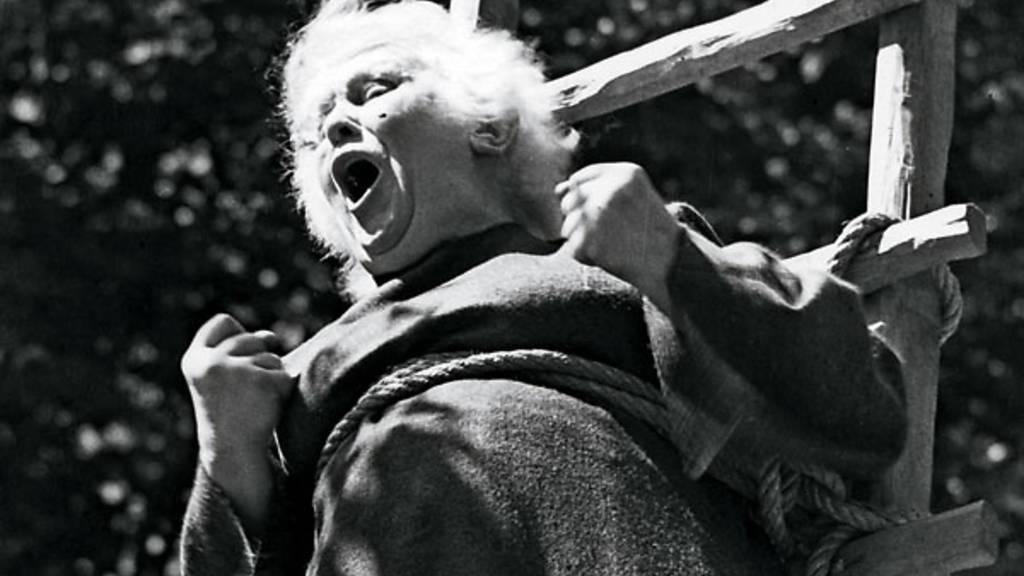
There are few films that fill us with such righteous indignation as Day of Wrath. Featuring empathetic characters caught in a callous system, the film can easily evoke our anger. Religious intolerance and dehumanizing persecution are nothing new, of course, but Day of Wrath reminds us that it has a long history. At the same time, the film suggests that systems of spiritual abuse are still with us.
The film may make your blood boil, but it remains a masterpiece. Like The Passion of Joan of Arc, which Dreyer filmed more than twenty years earlier, Day of Wrath is a lifeline for assessing religious and political conflict.
Like Nicholas Hynter’s film version of The Crucible and many stories on the Salem Witch trials, it centers on a devout community persuaded that there are witches in their midst. The witches in this case are living in Denmark in 1623. After being tortured to obtain “confessions,” these witches are destined to be burned alive. In one of the awful and agonizing first acts, an elderly woman named Herlofs Marte is burned at the stake while a boy’s choir sings.
There are those who believe that the hunt for another’s sin is a greater cause than stalking and defeating their own. It may be illegal to burn or kill people for their alleged sins in our society—we don’t often see the cringe-inducing horrors faced in Dreyer’s story—but it doesn’t mean that harsh pronouncements aren’t still made—that pain and guilt aren’t still inflicted, that people aren’t hurt by authority figures, or that the heart of the Gospel is often missed.
In “A Little on Film Style” (1943), Dreyer wrote that after finishing Day of Wrath it became a reproach to him, that the film felt too heavy, too slow. Having recently sat with it again, I’m at odds with his final regret. The story builds on a rhythmic calculus, layering soft gray over shadow-black tones; un-made-up actors avoid any falsity or extremism by bringing a concrete, believable, and valuable performance to the table. Dreyer’s background was of course in silent cinema—in Day of Wrath he achieves a “quiet” cinema, in which a tension is created between the spaces. It is the perfect approach to the subject of abuse committed in the name of the church.
—Stef Loy
- Directed by: Carl Theodor Dreyer
- Produced by: Car Theodor Dreyer Tage Nielsen
- Written by: Carl Theodor Dreyer . Poul Knudsen Mogens Skot-Hansen Hans Wiers-Jenssen
- Music by: Poul Schierbeck
- Cinematography by: Karl Andersson
- Editing by: Anne Marie Petersen Edith Schlüssel
- Release Date: 1943
- Running Time: 110
- Language: Danish
Arts & Faith Lists:
2005 Top 100 — #24
2006 Top 100 — #29
2010 Top 100 — #42
2011 Top 100 — #45